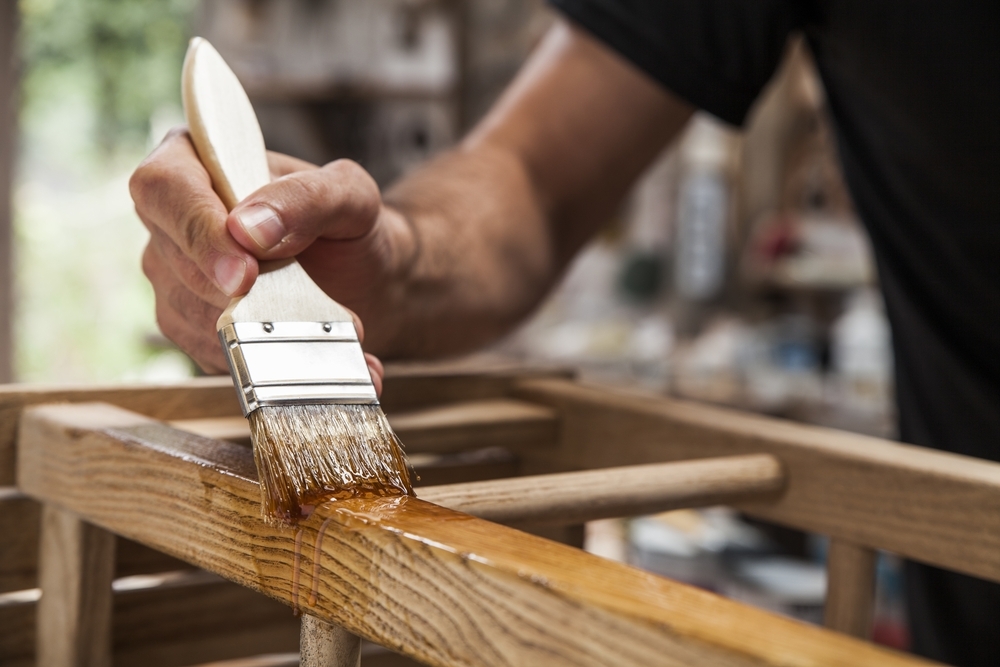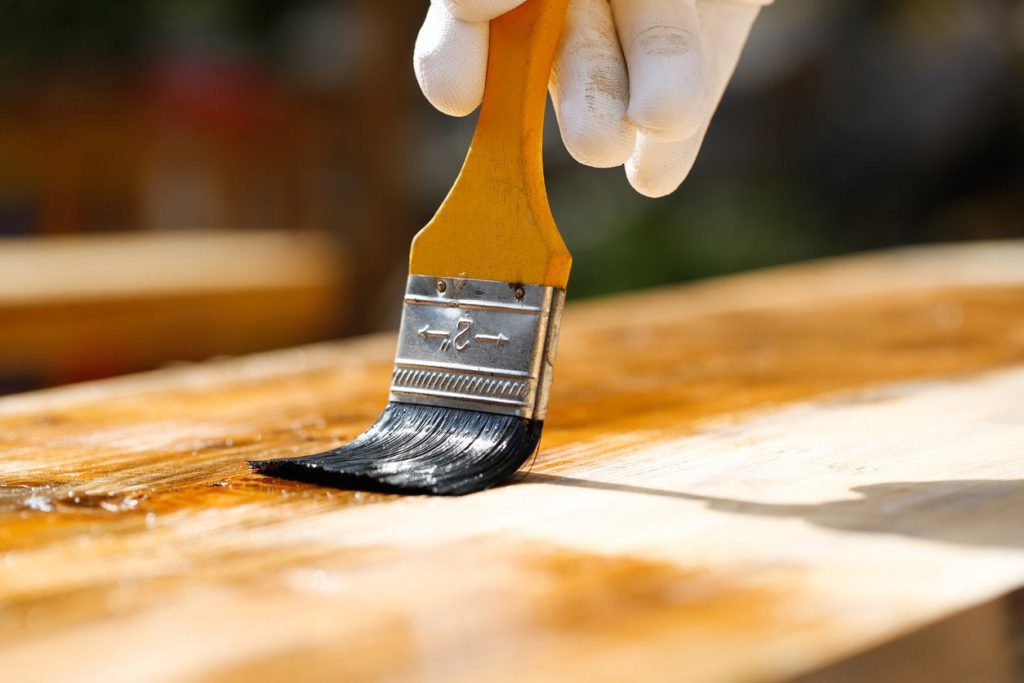This article discusses five tips for matching wood stains, including testing the stain on a scrap piece of wood, stirring the stain every 10-15 minutes, using a reference paint-store professional’s advice, and preparing the wood before stain. Knowing how to match wood stains can make a huge difference in making your space look great. The first tip is to test the stain on a scrap piece of wood before applying it to the main project. This will help you make sure you are using the right wood stain and that it looks good on the wood.
When it comes to different wood stains, you will require most wood stains to be tested. It is important to get stain samples and test the stain colour on the wood type you are using, such as plywood. This will allow you to test your colour and make sure it takes the stain properly. You may need to apply multiple coats of the same colour in order to alter the colour when using your project. Some stains may require two or more coats in order to achieve a desired tone colour.
Start your wood staining process by applying a light coat of stain to the wood piece. This will help absorb the stain and make it easier to apply an even coat. For darker colours, you can apply a second coat of stain after the first one has dried completely, following the same procedure. After completing the inconspicuous area, check several times to make sure that your stain is not too dark and then reapply a second coat if necessary. Make sure you follow the same wait time for both coats in order for best results; usually waiting around 2 hours between coats should do it.
Stirring your stain is a must before the application; it ensures that the colour pigments remain evenly distributed throughout the container. Your stain contains lots of pigment solids, so if you don’t stir your stain, then you won’t get a perfect colour match. When applying, leave a thin layer of the dried stain on the wood’s surface; this ensures that all areas are properly coated and will result in an even colour. The end application should be a dry heavy coat that should sit for around 5 minutes on the surface before wiping off with a clean cloth.

If you want to get matching stains, it’s best to claim the help of paint store professionals. You can expect custom stains in any hardware store that has expertise in colour matching. To hit your target colour, you will need to match stains on the same species of wood. To match finished oak bed with an unfinished oak dresser, you will have to do 12 – 15 trials as most paints are not good enough for a perfect match between different species of wood. It’s important to keep in mind that the same wood species used for interior furniture stain making may look different in two separate pieces due to changes in lighting and living environment over time.
When it comes to matching wood stains, here are five pro tips to help you get the best results. First, try using multiple stains if you’re attempting to match a colour. Second, compare the colour of the wood that needs to be stained with a colour wheel or colour chip. Third, choose stains from the same colour family as your original piece and consider their undertones.
Fourth, use grain filler and/or wood sap to ensure a very close approximation of the original piece. Lastly, when mixing different woods for your project, always test match work in order to get an idea of what the final colour will look like.
Traditional wood stain colours can be a good starting point, but you may want to pick from a variety of stain palettes when coming up with your project wood. Water based stains are great for highlighting the pop of wood grain and can also affect grain colour, so keep that in mind when making your selection. You may even want to consider transparent finishes, which won’t affect the grain or colour, but will still give you a variety of options.
Quality wood stain is your best bet for transforming vanilla pieces into awe inspiring conversation pieces. If you’re looking to match a new wood stain to an existing piece, purecolor stain is the perfect choice. It offers an unlimited colour palette, as well as a variety of gorgeous textures and shades. Even if you know furniture finishers, they won’t be able to tell that you used this secret weapon. With its ability to create 20 year old finishes on natural woods, it’s no wonder Purecolor Stain is the go-to for matching wood stain colours and textures.
To help ensure your stain sticks and doesn’t run, here are five pro tips to keep in mind when applying your wood finish. First, apply more stain than you think you need. This will help ensure the final colour matches what you’re aiming for. Second, use a light 180 grit sandpaper to lightly buff the wood before staining; this will help prevent hindering absorption. Third, if using an oil based polyurethane, let it dry overnight before applying a second coat; this will form a mild seal coat on the wood that will last longer. Fourth, use both water based and oil-based polyurethanes to vary your results; water based forms binders with sapwood while oil based bonds with heartwood.
